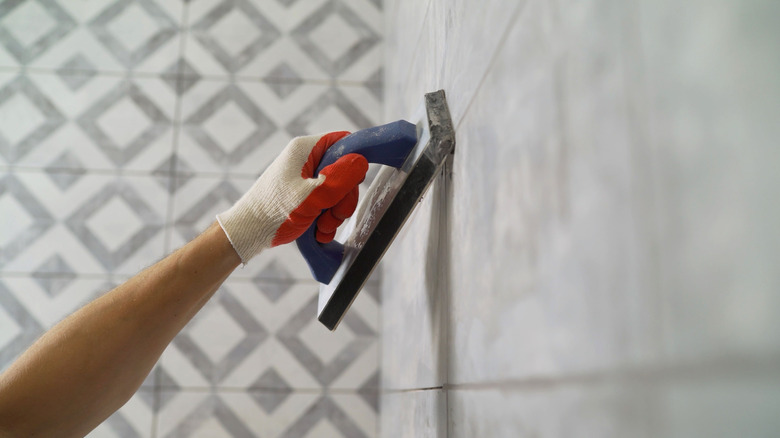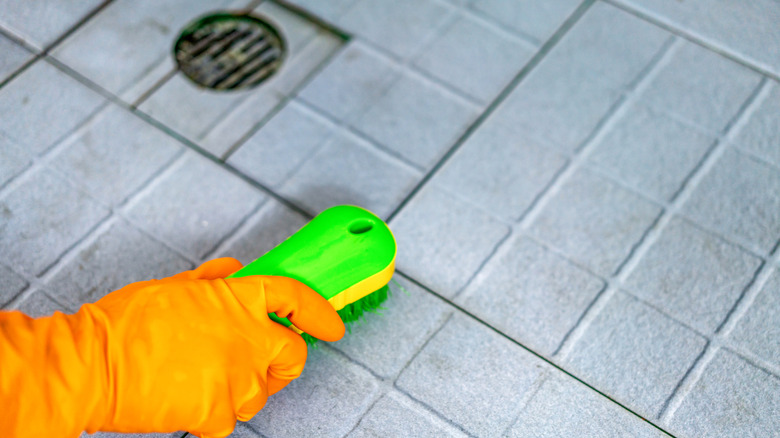What Happens If You Don't Seal Grout?
Grout is both a decorative choice and a functional finishing touch after you tile — it creates a neat, finished look and helps secure your tiles in place. But what happens if you don't seal the grout after your tile installation? Several issues may eventually occur, especially in high-traffic areas or spots prone to moisture. Unsealed grout can easily discolor or stain from dirt, dust, and other contaminants, leaving it looking dull and requiring more frequent maintenance. When you spend the time selecting the best grout color for your tiles, it makes sense to protect the look. Skipping the sealing process also makes grout more susceptible to bacterial and mold growth from water absorbing into the material. Over time, the lack of sealant may compromise the strength and integrity of the grout, which can decrease its protection of your tiles.
Grout material is a composite made primarily of either cement or epoxy resins. Cement-based grout is very porous, meaning it has tiny holes that allow moisture, dirt, and other debris to seep into the material. A sealer is important as a protectant when you grout your own tile with porous grout, working as a shield against stains and moisture on the grout between your tiles. These sealants typically come in two varieties: penetrating and non-penetrating. The penetrating version soaks into your grout, creating a durable barrier against water and other liquids to keep them from soaking into the grout. In contrast, non-penetrating sealer is a light-duty protectant or coating that forms a layer on top of the grout to protect against some dirt and moisture.
Why sealing your grout is important
While it's not necessary to use a grout sealer, its application does offer several long-term benefits. Sealing helps your grout last longer with fewer structural issues, which allows the grout to better protect your tiles. The tiles are less prone to breakage or cracking over time when they're surrounded by stable grout. It also helps form a good barrier against mildew from accumulated moisture in particularly damp areas, such as bathrooms.
In addition to protecting tile structure, grout sealer can also help reduce your cleaning efforts. The sealant helps deflect dirt and dust instead of allowing the grout to trap it, leaving the debris on the surface so you can easily wipe it away. Cleaning sealed grout often requires less elbow grease and reduces the time spent on scrubbing the floor or wall.
Grout sealers don't last forever, so you'll need to reapply it periodically to enjoy its valuable protection. For high-traffic areas, like primary showers and kitchen backsplashes, you may need to seal the grout every six months to one year. You can typically wait longer to reseal grout in lower-traffic spaces, like rarely used guest bathrooms — they typically only need to be sealed every one to two years. Regularly check the sealer's appearance for peeling, fading, or cracking to see if you need a replacement, or test the absorption by hitting it with a few droplets of water and seeing if it rolls off or absorbs into the grout.

